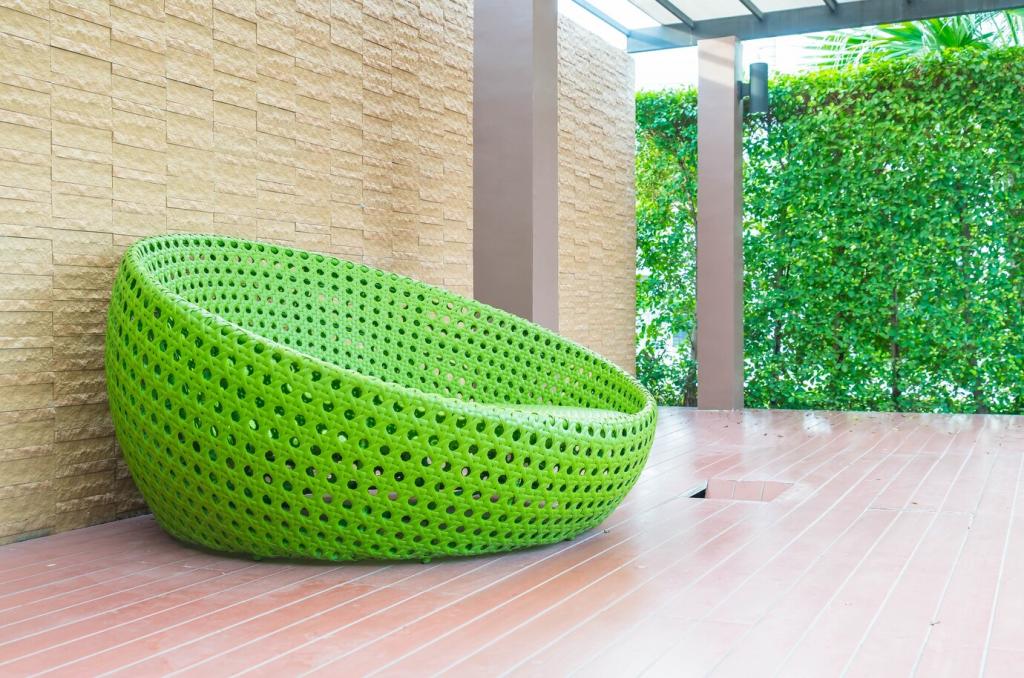Energy-Efficient Lighting Solutions
Discover the transformative benefits of energy-efficient lighting solutions designed to save energy, reduce utility bills, and promote sustainability. Modern lighting technologies offer both environmental advantages and enhanced performance for residential, commercial, and industrial spaces. With greater awareness surrounding energy conservation, there’s never been a better time to explore and implement innovative lighting systems that combine efficiency, durability, and comfort.
Understanding Energy-Efficient Lighting
The Evolution of Lighting Technology
Lighting has evolved dramatically in recent decades, shifting from traditional incandescent bulbs to advanced alternatives like LEDs and CFLs. Older lighting technologies convert a large portion of energy into heat, resulting in waste and higher electricity bills. In contrast, energy-efficient technologies utilize advanced materials and engineering to produce more light per watt, extending lifespans and providing superior illumination. This progression makes modern lighting not only a practical choice but also a smart investment.
Benefits of Reducing Energy Consumption
Reducing energy consumption through efficient lighting translates to several advantages for homeowners, businesses, and the environment. Lower electricity usage means reduced energy bills, allowing for significant long-term savings. Additionally, consuming less energy helps decrease greenhouse gas emissions, mitigating the effects of climate change. Energy-efficient lighting also generates less heat, promoting comfort and potentially reducing cooling costs in warmer climates.
Energy Efficiency Standards and Regulations
Global and regional authorities have implemented standards and regulations governing the energy efficiency of lighting products. These rules ensure that only fixtures and bulbs meeting specific criteria are available to consumers, encouraging widespread adoption of newer technologies. Understanding these regulations can help individuals and businesses make informed choices, stay compliant with legal requirements, and contribute to broader environmental objectives while reaping the benefits of efficient illumination.


Previous slide
Next slide
Incorporating Energy-Efficient Lighting in Different Settings
01
In the home, energy-efficient lighting brings both functional and aesthetic enhancements. Homeowners can replace outdated bulbs with LEDs or CFLs throughout living rooms, kitchens, bedrooms, and outdoor spaces to reduce energy bills and enjoy superior illumination. Utilizing dimmer switches, smart lighting controls, and task lighting in specific areas further optimizes energy usage without compromising comfort. Energy-efficient lighting often translates to a cozier, more inviting environment while supporting sustainability goals.
02
Businesses and office environments benefit significantly from energy-efficient lighting by lowering operational expenses and creating productive, comfortable workspaces. Efficient lighting reduces glare, promotes concentration, and adapts to different tasks or natural light conditions. Integrating intelligent lighting systems with occupancy sensors ensures lights are on only when necessary, further enhancing savings. Investing in efficient commercial lighting also demonstrates a commitment to eco-friendly practices, positively influencing client perceptions and supporting green certifications.
03
In industrial and outdoor settings, reliable energy-efficient lighting solutions address safety, visibility, and durability requirements. LEDs and advanced fixtures withstand harsh conditions, deliver consistent illumination, and require less maintenance, reducing downtime and labor costs. Smart controls automate lighting schedules based on operational needs, while rugged designs handle weather, vibrations, and dust. Efficient outdoor lighting reduces light pollution, conserves energy, and maintains security, making it ideal for parking lots, pathways, warehouses, and manufacturing plants.
